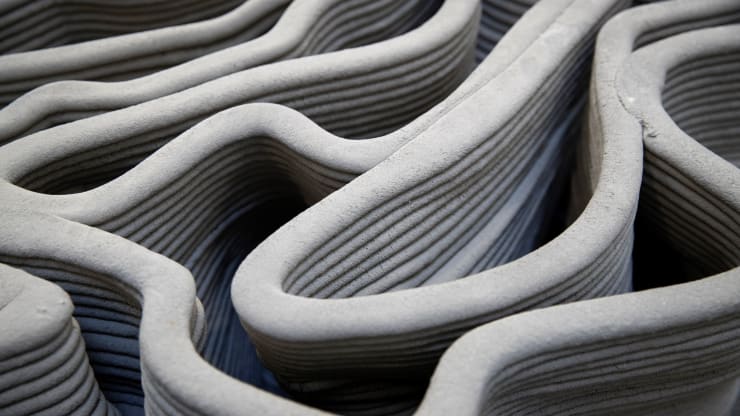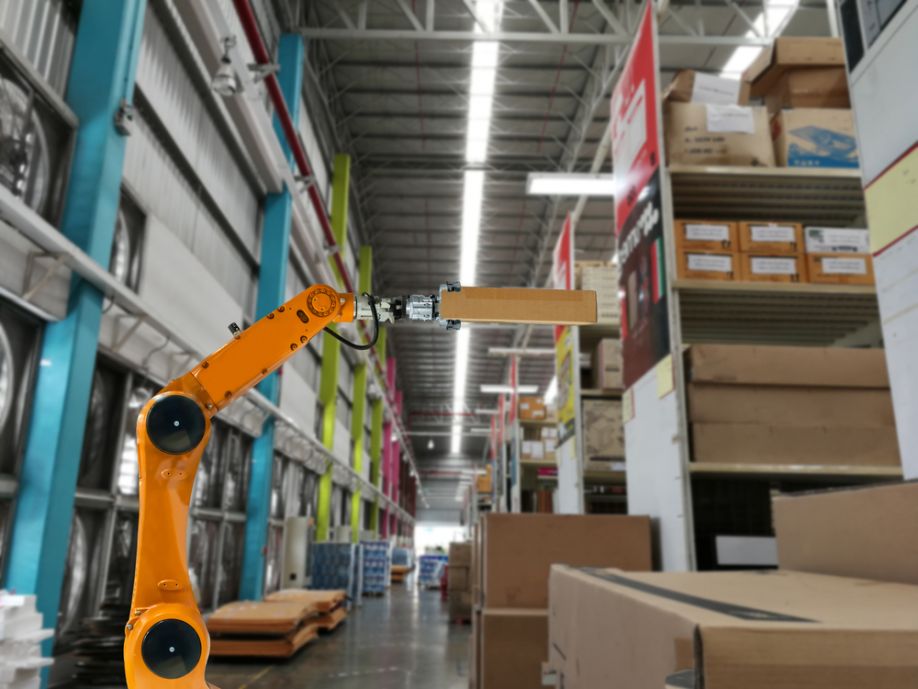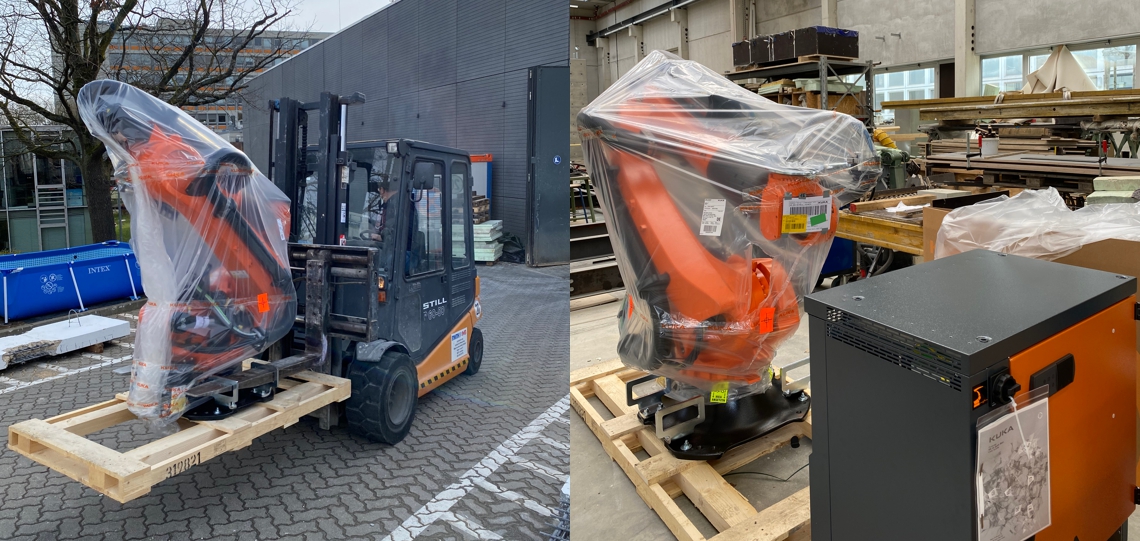How 3D printing could change the way our homes are built
Written by: Anmar Frangoul
Publish Date: August 28, 2020


From computer-generated modeling, to the use of electric vehicles on construction sites, the way buildings are created is changing.
One area that has generated a great deal of interest over the last few years is 3D printing. It’s a process that has already transformed how we produce everything from shoes and face masks to chairs and guitars.
When it comes to the built environment, a number of projects around the world have used the technology to rapidly develop interesting and innovative structures.
Earlier this summer, for example, a 3D printer was used to build a concrete house in Antwerp, Belgium. And back in 2018, Arup and CLS Architetti, an Italian firm, were involved in a project that used a 3D printer to build a house, also made of concrete, in the city of Milan.
According to Arup, it took just 48 hours for the structure to be printed. As well as enabling a rapid construction process, the use of 3D printing also cuts waste.
Arup adds that the precision of the process “ensures every centimetre of material is used, making it significantly easier to calculate how much will be needed in the first place.”
As concerns about the sustainability of the construction sector grow, high-profile companies are taking an interest in companies that offer technologically-driven solutions for the built environment.
Just last week Texas based firm ICON – which has used “3D printing robotics” to print buildings in locations such as Austin and Tabasco, Mexico – announced it had secured $35 million in Series A funding. Investors included Moderne Ventures and Bjarke Ingels Group (BIG), a major architecture firm.
In a statement issued at the time, Bjarke Ingels – founder of the company that bears his name – said the design industry had been “revolutionized through the adoption of Computer Aided Design and Building Information Management.”
“Robotic manufacturing will enable us to eliminate the loss in translation from data to matter and allow us to fabricate homes at great speed, with less waste, and with higher accuracy than today,” Ingels added.
While there is clearly excitement surrounding the potential of 3D printing and the role it has to play in the construction of buildings in the years ahead, others are striking a more measured tone.
“I expect 3D printing to continue to make slow progress as it requires a level of investment and change in processes and regulations that our industry is not well known for,” Alastair Mant, head of business transformation at the U.K. Green Building Council (UKGBC), told CNBC via email.
Mant went on to explain that several factors could change this, noting that 3D printing’s “requirement for fewer on-site workers may become very appealing due to a coming together of a labour shortage and ongoing Covid-related restrictions.”
He also highlighted government-backed schemes that were “directing funding into innovative projects.”
On the sustainability front, however, there does seem to be clear cause for optimism when it comes to the technology.
“It has the ability to significantly reduce the amount of waste and carbon emissions in the construction process,” the UKGBC’s Mant said.
“This is through more efficient use of material via the additive manufacturing process and less emissions from transport and construction equipment as only those materials required should be brought to site.”
About the Author
This article is written by Anmar Frangoul
Read the original post here.


